A Cat Shark, also known as a catshark or dogfish, is any number of different species in the Scyliorhinidae family. Overall, scientists recognize at least 160 different species in the family!
Outside of the family, their closest shark relatives include swellsharks, sandbar sharks, hammerhead sharks, tiger sharks, and more. Read on to learn about the Cat Shark.
Description of the Cat Shark
Despite the immense variety of species, these aquatic creatures generally share a similar body shape. They have elongated bodies with long tails, and their pectoral fins usually stick outward from their bodies rather than downward. While most species measure at about three feet long, they range in size from about eight inches long to over five feet long.
Interesting Facts About the Cat Shark
With such a wide variety of species to choose from, you can find any number of interesting traits and adaptations. Learn more about some individual catshark species below.
- Nursehound – The nursehound is one of the largest catshark species, with maximum lengths exceeding five feet. Their name originates from a fisherman’s tale, which depicts this species caring for its younger relatives. Despite this name, nursehounds do not offer any parental care.
- Sandy Dogfish – This light-colored species has small spots across its body. Researchers have found that this small shark actually has different personalities based on the individual!
- Spiny Dogfish – Despite the unappealing name, people actually eat this species as food! They are popular in England, Germany, Italy, and France.
- Natal Shyshark – This incredibly rare species lives only in one small region off the coast of South Africa. The IUCN classifies the natal shyshark as Critically Endangered. Pollution and overfishing of their prey are the primary dangers to this species.
Habitat of the Cat Shark
While different species occupy different types of habitats, these sharks generally occupy benthic habitats. Benthic habitats are habitats on the bottom of the ocean. Some live in shallow regions, others live in incredibly deep habitats. Each species has its own unique habitat preferences.
Distribution of the Cat Shark
You can find various Cat Shark species in oceans nearly worldwide. The different species live in tropical and temperate oceans. Each species has its own unique range and distribution. Some species live across entire oceans, while others only live in a single small region.
Diet of the Cat Shark
These sharks are carnivores, which means that they eat other animals. Their diet generally depends on two primary factors, their size and their location. Smaller species usually feed on small fish, squid, crabs, and other invertebrates. Larger species can fit larger fish and other prey in their mouths.
Species living in different areas eat different prey, depending on what is abundant near them. Regardless of species, these sharks mostly eat other benthic organisms rather than traveling up the water column for food.
Cat Shark and Human Interaction
Human interaction varies drastically from species to species. Those with large populations and wide distributions generally do not suffer as heavily from overfishing and bycatch. However, species that live in small regions decline swiftly due to human impacts.
Some of the primary threats to these creatures include overfishing of their populations or their prey, bycatch in nets aimed at other species, pollution of their waters. In addition, climate change impacts temperatures, reducing egg viability, as well as negatively affecting their prey species.
Domestication
Humans have not domesticated any shark species.
Does the Cat Shark Make a Good Pet
Generally, these sharks do not make good pets. However, some people do keep smaller species in aquariums. Even species that are small enough generally do not make good pets. They must live in saltwater, and saltwater tanks are expensive and difficult to maintain.
Cat Shark Care
Zoos and aquariums do keep some catshark species in their tanks. The care varies from species to species. Generally, the tank must be large enough for the shark to exercise and explore. Most facilities also house similarly sized sharks and other fish in the same tanks.
Behavior of the Cat Shark
These sharks vary in their social behaviors. Some species live in groups, and all individuals in a group keep watch for predators. Other species live solitary lives, and use camouflage to hide from predators. In fact, sometimes a single species has different social behaviors based on the individual!
Reproduction of the Cat Shark
Like their social behavior, the reproductive rates and habits of these sharks vary dramatically. All species are oviparous, which means that they lay eggs. Their eggs are known as “mermaid’s purses,” and most species attach them to the ground, rocks, or seaweed.
The incubation period of the eggs varies, but many species take up to a year to hatch. A few species also give live birth by retaining the eggs until they hatch in the uterus.

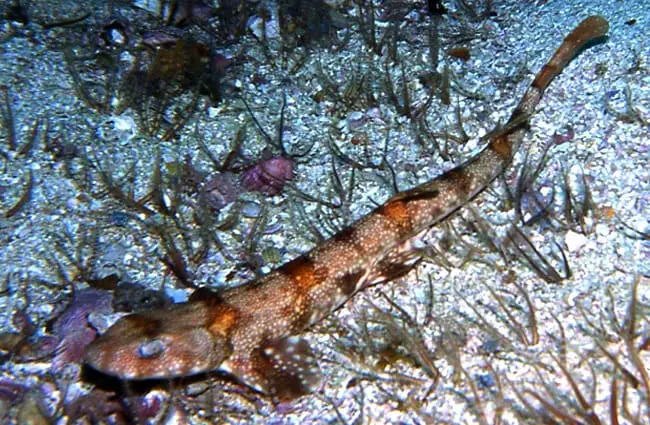
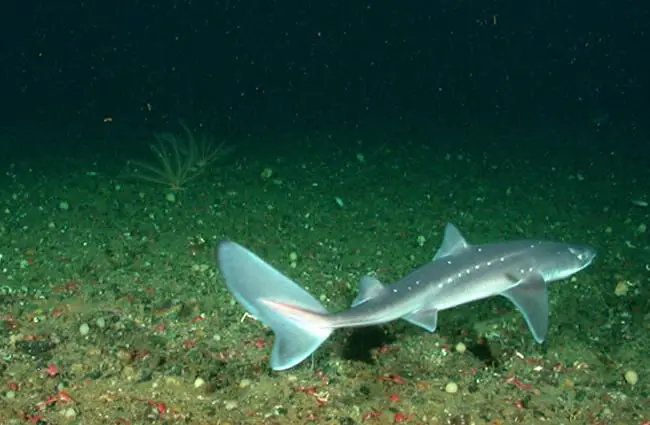
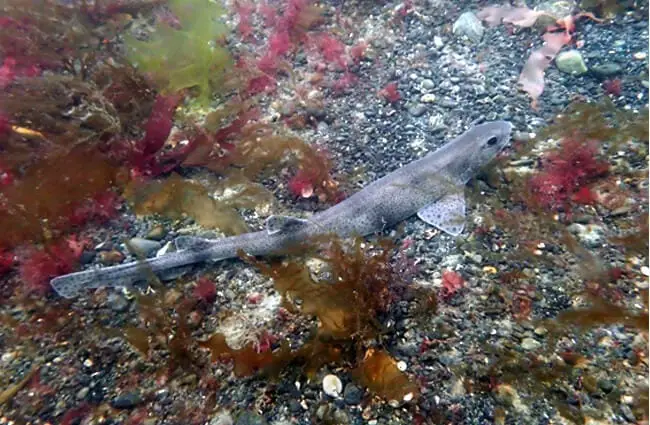
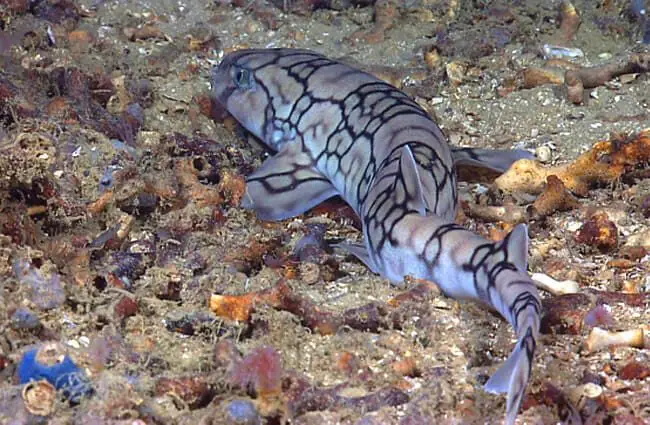
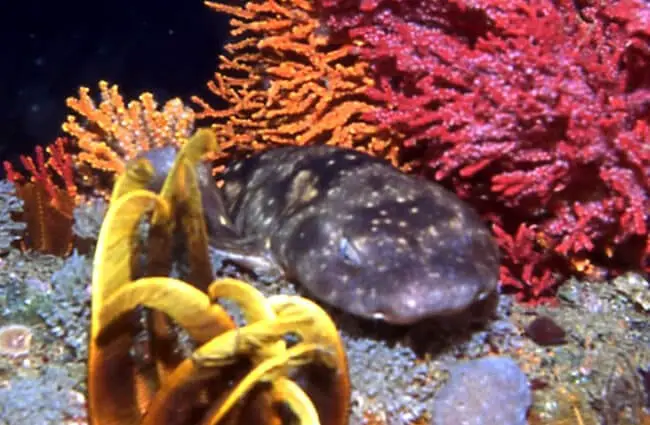
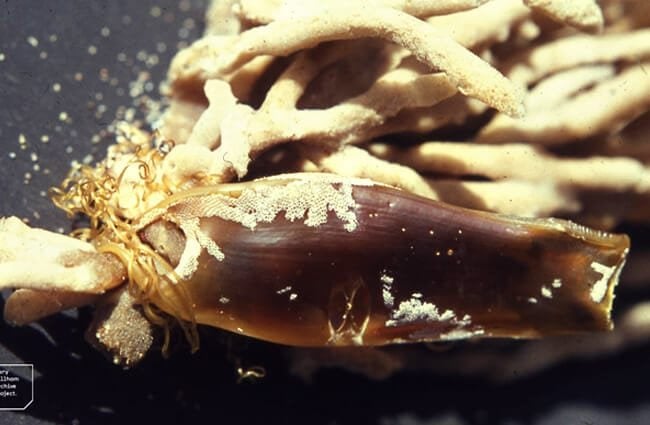
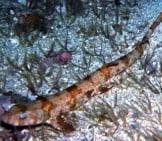


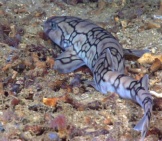


![Red Angus Closeup of a beautiful Red Angus cowPhoto by: U.S. Department of Agriculture [pubic domain]https://creativecommons.org/licenses/by/2.0/](https://animals.net/wp-content/uploads/2020/03/Red-Angus-4-238x178.jpg)












![Red Angus Closeup of a beautiful Red Angus cowPhoto by: U.S. Department of Agriculture [pubic domain]https://creativecommons.org/licenses/by/2.0/](https://animals.net/wp-content/uploads/2020/03/Red-Angus-4-100x75.jpg)

